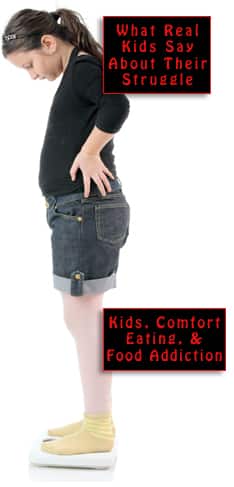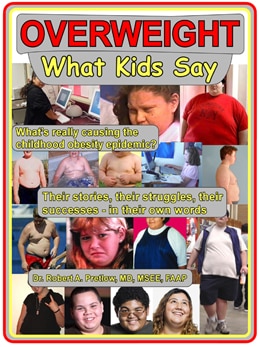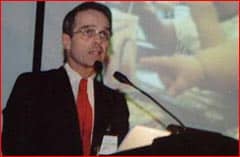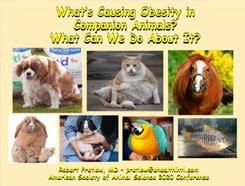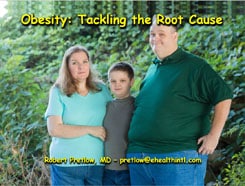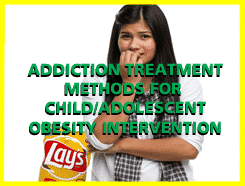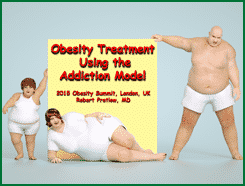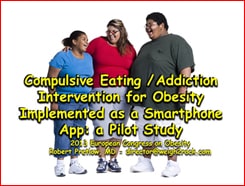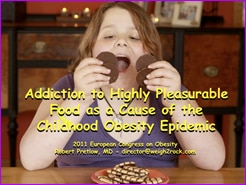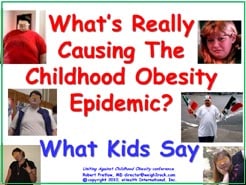Coronavirus Chronicles — Ethnic Implications, Continued

Because COVID-19 seems to have a special affinity for fat cells, a lot of children who catch the disease are overweight or obese already. A considerably larger number of young survivors are on track to experience significant health consequences in the future. Even a child who does not carry excess weight may suffer from enough COVID after-effects to render them unable or unwilling to move around much or pay attention to their diets.
Some people say the number of children who have died from COVID-19 is so small as to be statistically insignificant. Compared to other plagues, maybe it is. On the other hand, with such matters as Multisystem Inflammatory Syndrome in Children (MIS-C) and Post-Acute Sequelae of COVID-19 (long COVID) hovering on the horizon, the point is worth making again: Obesity and the virus work together constantly, to the detriment of our children.
As we have seen, this is especially true of Hispanic, Black, Native American, and other groups. Some reasons why this happens are clear; others are disputed. What is obvious is that obese kids need to be protected from the virus, and that pediatric Coronavirus patients need to be protected from after-effects that cause a slide into weight issues that will be very difficult to recover from.
Lost in translation
We saw how diligently the corporations strive to have their messages translated for the audiences they are “targeting.” There are experts, part translator and part psychologist, who specialize in this field. Ironically, the efforts of junk-food advertisers are more impactful than public-service messages urging anti-COVID measures. Salud-America.org says,
Unfortunately, Latinos make up a very low percentage of those getting a vaccine, despite being disproportionately hurt by COVID-19.
At least a portion of the resistance is caused by the absence or inadequacy of bilingual health news, which can lead to an information gap large enough to allow some Spanish speakers to report that they never heard of the vaccine. Who can blame minorities for being suspicious? We have seen how many Black Americans have unsatisfactory and upsetting experiences with the health care system.
There are longstanding inequalities that align with racial differences. The Navajo Nation’s plight is a prime example. We all know by now that one of the greatest ways to protect ourselves from the disease is to wash our hands frequently. For people living with no water except what they bring in on a truck, this is an impossible expectation.
The privatization of water systems, and water systems run for profit rather than for the greater good, and many other factors, work to exacerbate the injustice and increase the likelihood of many more children enduring bad health outcomes.
Your responses and feedback are welcome!
Source: “Latinos Vaccinated for COVID-19 at Far Lower Rates than White People,” Salud-America.org, 06/01/21
Image by Centers for Disease Control/Fair Use










 FAQs and Media Requests:
FAQs and Media Requests: 